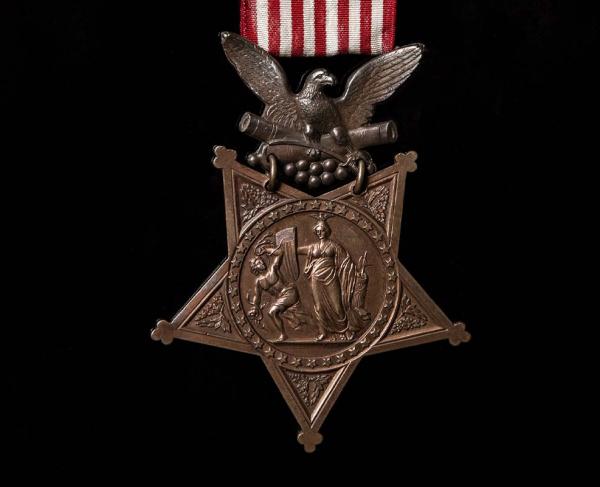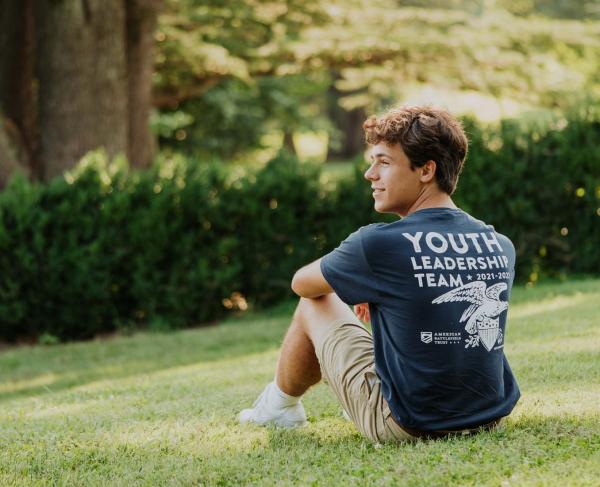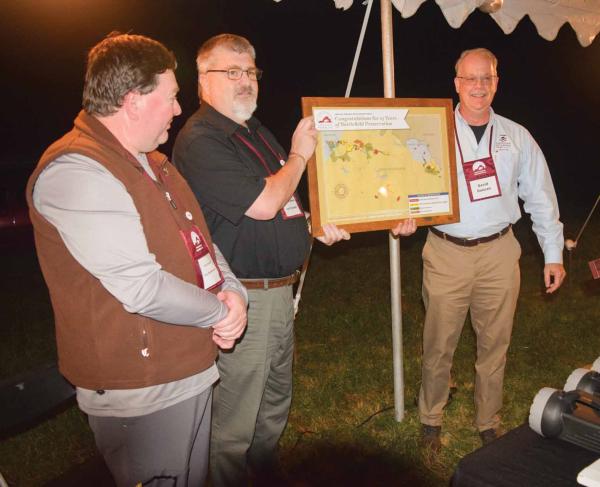What Might Have Been: Fredericksburg, Virginia
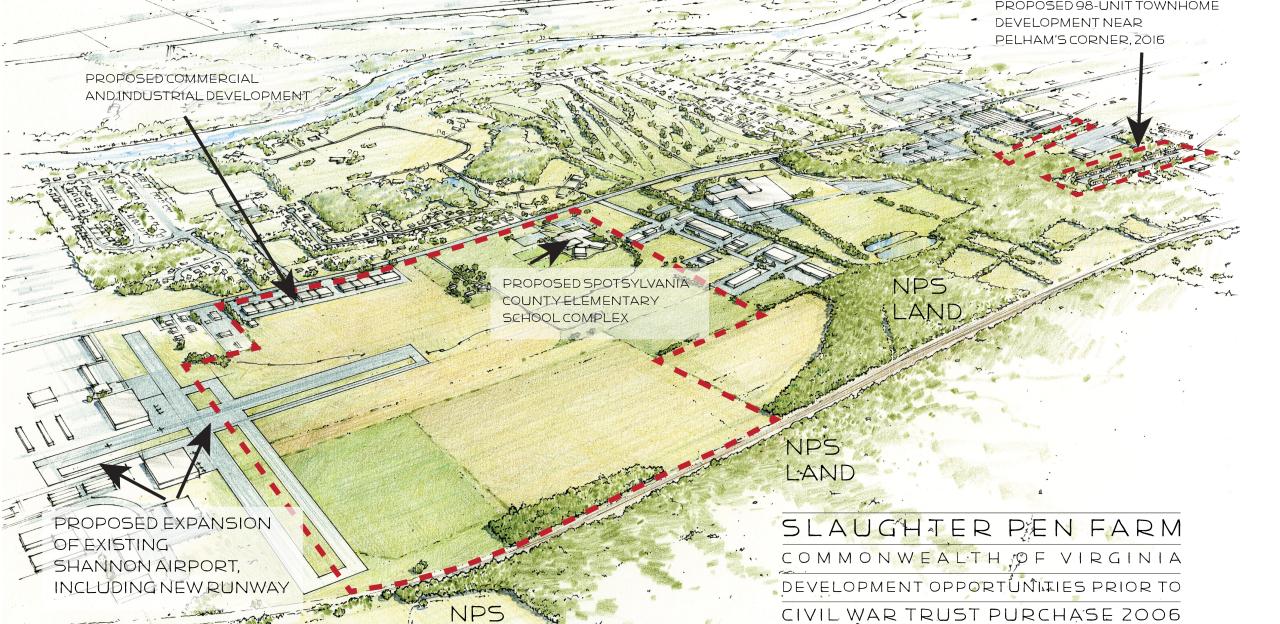
There is no better way to get an accurate sense of what the Trust has accomplished in the last 35 years than by examining sites that could have been lost but that are now saved forever.
Marye’s Heights may be synonymous with the Battle of Fredericksburg, but modern interpretations concur that the engagement’s decisive conflict occurred five miles to the south around Prospect Hill. Geographically removed from the development pressures caused by the city of Fredericksburg’s growth, this area remained largely rural into the mid-20th century. Two small sections of John W. Pierson’s dairy farm, an area veterans had dubbed the Slaughter Pen, were sold to Fredericksburg & Spotsylvania Military Park in the 1970s, even as a smattering of industrial parks and a small airport opened nearby. Pierson rejected any number of plans to extend this broader development pattern onto his land, and the 200-acre property remained at the top of preservationists’ wish lists — especially as the childless farmer aged.
The majority of the Pierson land fell outside the national park’s authorized boundary and had long been zoned for industrial use. Preservationists knew they were racing against developers with deep pockets — and a local government that was seeking to buy a portion of the land for a new elementary school. Thankfully, the county chose to seek other options after the Trust publicized its interest in the property. After John Pierson’s death in September 2005, however, his niece placed the land on the market with a listing that described it as “one of the best industrial sites in the Commonwealth of Virginia.”
Knowing the seller was more motivated by price than preservation, the Trust chose to approach with a flanking maneuver rather than a frontal assault. Instead of making direct contact, officials contacted Tricord Homes, the local developer that had partnered with the Trust in the protection of the First Day at Chancellorsville property the year before, to see if the company might be willing to assist in the process. Tricord negotiated with the landowner on the Trust’s behalf, placing the property under contract for $12 million and turning the land over to preservationists.
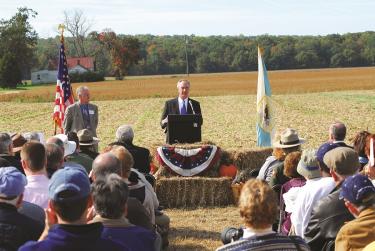
Next began the hard work of paying for land, which was aided by a loan package from SunTrust Bank (now Truist), a $1 million pledge from the Central Virginia Battlefields Trust (CVBT) — a monumental sum for a group of its size — and $4.3 million raised from the sale of Virginia Land Preservation Tax Credits. In October 2006, during the formal opening of the Slaughter Pen Farm site, the Department of the Interior announced a $2 million matching grant from the federal American Battlefield Protection Program (ABPP) — a sum that remains among the largest awards in ABPP history. The Commonwealth of Virginia also contributed $300,000 toward the project.
At the close of 2016, the Trust protected a 25-acre property nearby that the county had approved for construction of 98 townhomes. Instead, after negotiations with the Trust, a local real estate developer agreed to a price discounted some $1.14 million from the property’s $2.59 million appraised value. The purchase was funded by a $100,000 grant from the Virginia Battlefield Preservation Fund and $1.2 million from the National Park Service’s American Battlefield Protection Program — the former secured by CVBT — plus contributions from thousands of individual Trust members.
In 2022, 17 years after first approaching the property, the Trust finally claimed victory at Slaughter Pen Farm. Thanks to the outpouring of support expressed by Trust donors and the generosity of an anonymous major donor, the Trust was able to bring the property across the finish line. The final payment on the long-term loan was made in May 2022, a whole two years early. To this day, the transaction at the site remains the largest and most complex private battlefield preservation effort in the nation’s history.
More in "What Might Have Been" series: Spring Hill, Tennessee | Harpers Ferry, West Virginia | Chancellorsville, Virginia
Learn more: Fredericksburg Battlefield
To restore land and history at Gettysburg, Cold Harbor, Slaughter Pen Farm and New Market Heights, we must raise $131,000. Please help to finish the...
Related Battles
12,500
6,000
